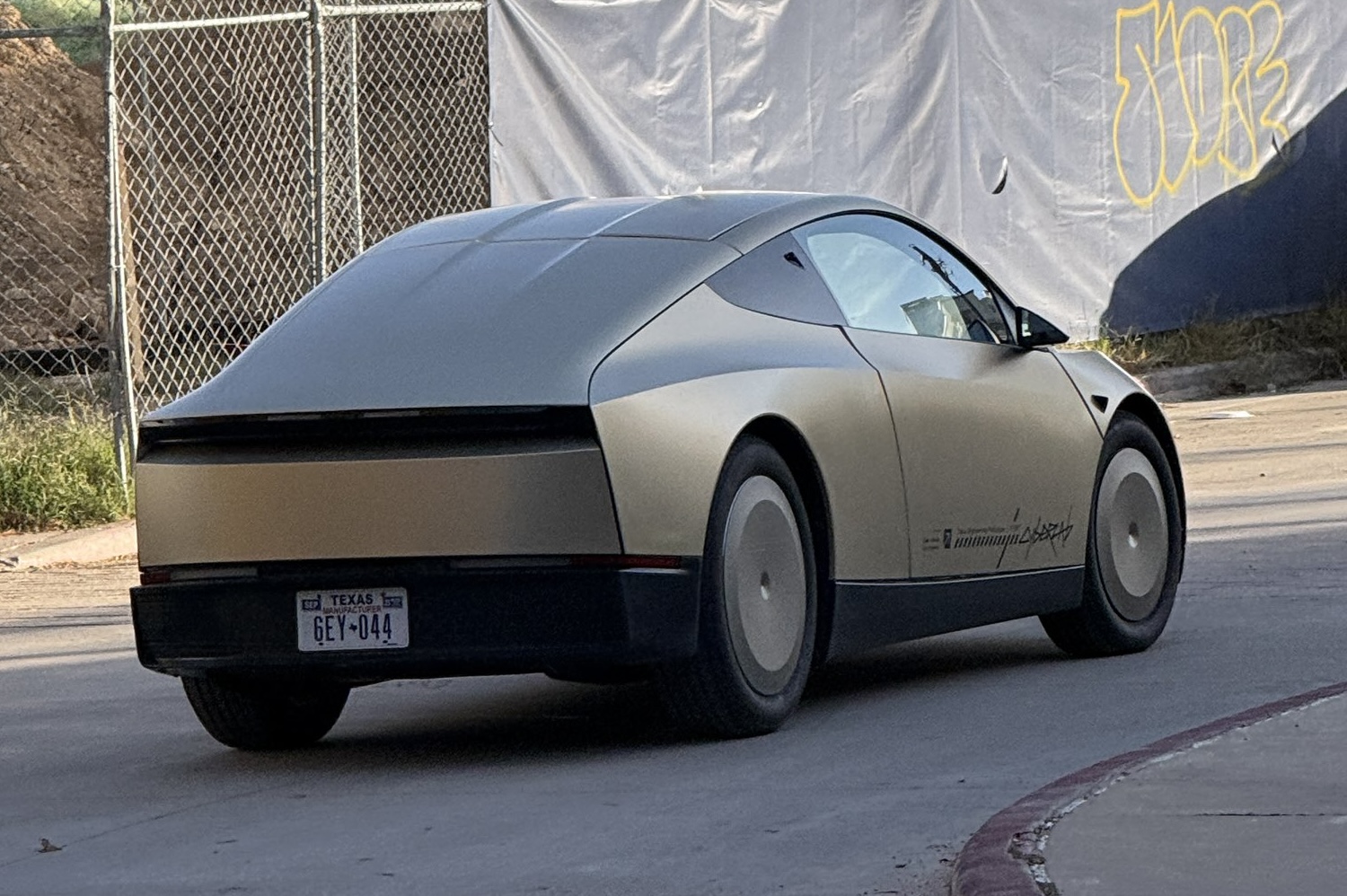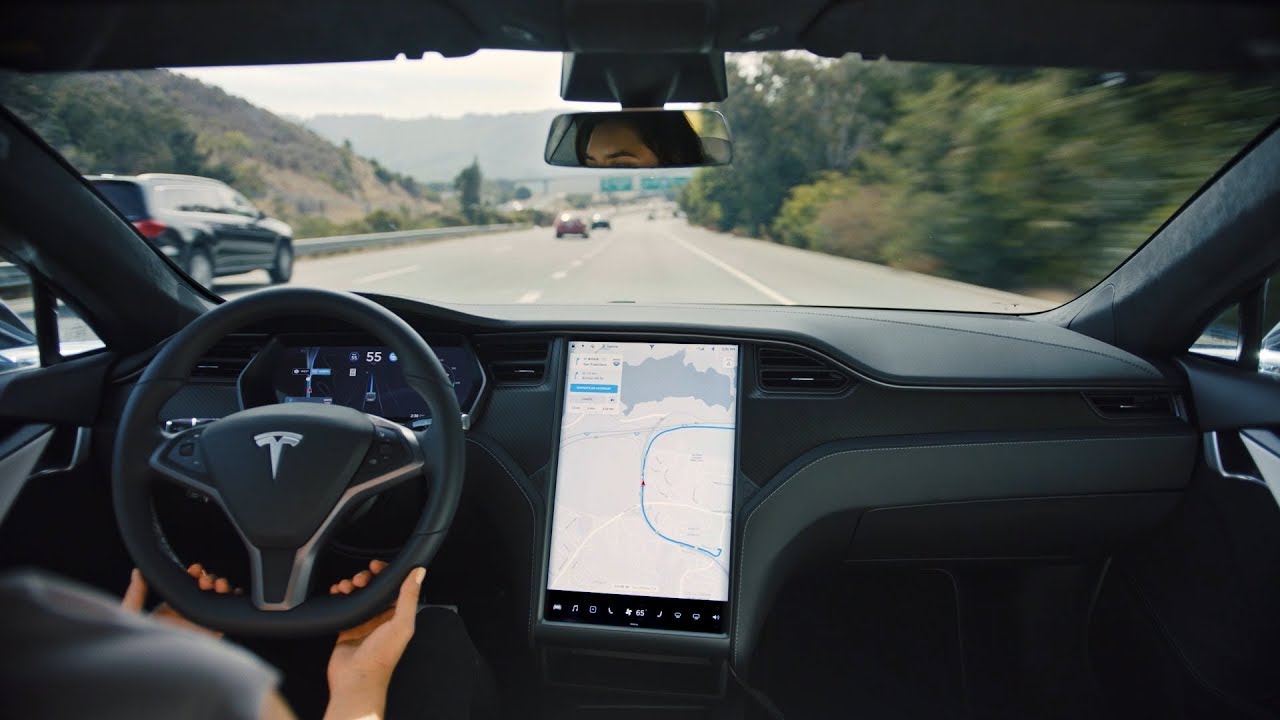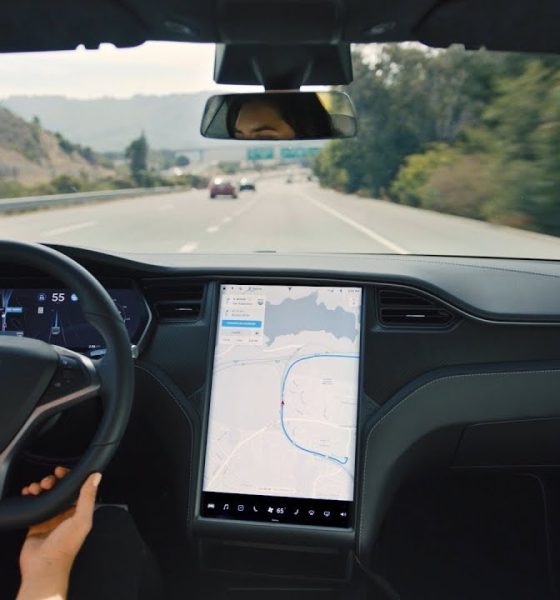Tesla Autopilot is getting further scrutiny from the National Highway Traffic Safety Adminsitration (NHTSA) as the agency has opened a Rcall Query to determine whether its safeguards that were rolled out in an Over-the-Air update late last year are effective.
The NHTSA closed an Investigation into Tesla Autopilot that it opened in 2021. But now, it is looking into the recall that Tesla rolled out in December to increase driver attentiveness.
Tesla Autopilot Investigation Findings
According to the NHTSA, a U.S. government agency, its Office of Defects Investigation (ODI) completed an analysis of 956 crashes up to August 30, 2023:
“In approximately half (489) of those crashes, ODI found: 1.) that there was insufficient data to make an assessment; 2.) the other vehicle was at fault; 3.) Autopilot was found to not be in use; or 4.) the crash was otherwise unrelated to EA22002. Of the remaining 467 crashes, ODI identified trends resulting in three categories: collisions in which the frontal plane of the Tesla struck another vehicle or obstacle with adequate time for an attentive driver to respond to avoid or mitigate the crash (211), roadway departures where Autosteer was inadvertently disengaged by the driver’s inputs (111), and roadway departures in low traction conditions such as wet roadways (145).”
Tesla met with the NHTSA in Q4 2023 and rolled out a Defect Information Report equipped with a recall that was applicable to all Tesla vehicles.
Tesla Rolls Out a Recall/Over-the-Air Update
It then rolled out an Over-the-Air update as part of Recall 23V-838, which aimed to help drivers remain more attentive in the form of “increasing the prominence of visual alerts on the user interface, simplifying engagement and disengagement of Autosteer, additional checks upon engaging Autosteer and while using the feature outside controlled access highways and when approaching traffic controls, and eventual suspension from Autosteer use if the driver repeatedly fails to demonstrate continuous and sustained driving responsibility while the feature is engaged.”
Tesla to address NHTSA’s 2-million-vehicle Autopilot recall with OTA update
Investigation Closed, Recall Query Opened
The NHTSA said in a document today that it would close investigation EA22002, which was opened on August 13, 2021, and aimed to assess the performance of Tesla Autopilot.
Concurrent with that closing, it is opening a Recall Query, named RQ24009, to assess the effectiveness of Tesla’s Autopilot remedy (23V-838) rolled out in December.
The NHTSA said it had identified at least 13 crashes during its EA22002 investigation involving “one or more fatalities and many more involving serious injuries, in which foreseeable driver misuse of the system played an apparent role.”
The agency said it has concerns due to post-remedy crash events and results from preliminary tests of remedied vehicles. It also wants more information on the fact that Tesla “stated that a portion of the remedy both requires the owner to opt in and allows a driver to readily reverse it.”
Tesla Autopilot is a Level 2 system that still requires the attention of the driver, and they must be ready and able to take over in any circumstance as the car is not fully autonomous.
I’d love to hear from you! If you have any comments, concerns, or questions, please email me at joey@teslarati.com. You can also reach me on Twitter @KlenderJoey, or if you have news tips, you can email us at tips@teslarati.com.

News
Tesla Cybercab tests are going on overdrive with production-ready units
Tesla is ramping its real-world tests of the Cybercab, with multiple sightings of the vehicle being reported across social media this week.

Tesla is ramping its real-world tests of the Cybercab, with multiple sightings of the autonomous two-seater being reported across social media this week. Based on videos of the vehicle that have been shared online, it appears that Cybercab tests are underway across multiple states.
Recent Cybercab sightings
Reports of Cybercab tests have ramped this week, with a vehicle that looked like a production-ready prototype being spotted at Apple’s Visitor Center in California. The vehicle in this sighting was interesting as it was equipped with a steering wheel. The vehicle also featured some changes to the design of its brake lights.
The Cybercab was also filmed testing at the Fremont factory’s test track, which also seemed to involve a vehicle that looked production-ready. This also seemed to be the case for a Cybercab that was spotted in Austin, Texas, which happened to be undergoing real-world tests. Overall, these sightings suggest that Cybercab testing is fully underway, and the vehicle is really moving towards production.
Production design all but finalized?
Recently, a near-production-ready Cybercab was showcased at Tesla’s Santana Row showroom in San Jose. The vehicle was equipped with frameless windows, dual windshield wipers, powered butterfly door struts, an extended front splitter, an updated lightbar, new wheel covers, and a license plate bracket. Interior updates include redesigned dash/door panels, refined seats with center cupholders, updated carpet, and what appeared to be improved legroom.
There seems to be a pretty good chance that the Cybercab’s design has been all but finalized, at least considering Elon Musk’s comments at the 2025 Annual Shareholder Meeting. During the event, Musk confirmed that the vehicle will enter production around April 2026, and its production targets will be quite ambitious.
News
Tesla gets a win in Sweden as union withdraws potentially “illegal” blockade
As per recent reports, the Vision union’s planned anti-Tesla action might have been illegal.

Swedish union Vision has withdrawn its sympathy blockade against Tesla’s planned service center and showroom in Kalmar. As per recent reports, the Vision union’s planned anti-Tesla action might have been illegal.
Vision’s decision to pull the blockade
Vision announced the blockade in early December, stating that it was targeting the administrative handling of Tesla’s facility permits in Kalmar municipality. The sympathy measure was expected to start Monday, but was formally withdrawn via documents sent to the Mediation Institute and Kalmar Municipality last week.
As noted in a Daggers Arbete report, plans for the strike were ultimately pulled after employer group SKR highlighted potential illegality under the Public Employment Act. Vision stressed its continued backing for the Swedish labor model, though Deputy negotiation manager Oskar Pettersson explained that the Vision union and IF Metall made the decision to cancel the planned strike together.
“We will not continue to challenge the regulations,” Petterson said. “The objection was of a technical nature. We made the assessment together with IF Metall that we were not in a position to challenge the legal assessment of whether we could take this particular action against Tesla. Therefore, we chose to revoke the notice itself.”
The SKR’s warning
Petterson also stated that SKR’s technical objection to the Vision union’s planned anti-Tesla strike framed the protest as an unauthorized act. “It was a legal assessment of the situation. Both for us and for IF Metall, it is important to be clear that we stand for the Swedish model. But we should not continue to challenge the regulations and risk getting judgments that lead nowhere in the application of the regulations,” he said.
Vision ultimately canceled its planned blockade against Tesla on December 9. With Vision’s withdrawal, few obstacles remain for Tesla’s long-planned Kalmar site. A foreign electrical firm completed work this fall, and Tesla’s Careers page currently lists a full-time service manager position based there, signaling an imminent opening.
News
Tesla Semi program Director teases major improvements

Tesla Semi Program Director Dan Priestly teased the major improvements to the all-electric Class 8 truck on Thursday night, following the company’s decision to overhaul the design earlier this year.
Priestley said he drove the Semi on Thursday, and the improvements appear to be welcomed by one of the minds behind the project. “Our customers are going to love it,” he concluded.
Just drove the redesigned Semi. Our customers are going to love it. https://t.co/KZ88sf1CDL
— Dan Priestley (@danWpriestley) December 19, 2025
The small detail does not seem like much, but it is coming from someone who has been involved in the development of the truck from A to Z. Priestley has been involved in the Semi program since November 2015 and has slowly worked his way through the ranks, and currently stands as the Director of the program.
Tesla Semi undergoes major redesign as dedicated factory preps for deliveries
Tesla made some major changes to the Semi design as it announced at the 2025 Annual Shareholder Meeting that it changed the look and design to welcome improvements in efficiency.
Initially, Tesla adopted the blade-like light bar for the Semi, similar to the one that is present on the Model Y Premium and the Cybertruck.
Additionally, there are some slight aesthetic changes to help with efficiency, including a redesigned bumper with improved aero channels, a smaller wraparound windshield, and a smoother roofline for better aero performance.
All of these changes came as the company’s Semi Factory, which is located on Gigafactory Nevada’s property, was finishing up construction in preparation for initial production phases, as Tesla is planning to ramp up manufacturing next year. CEO Elon Musk has said the Semi has attracted “ridiculous demand.”
The Semi has already gathered many large companies that have signed up to buy units, including Frito-Lay and PepsiCo., which have been helping Tesla test the vehicle in a pilot program to test range, efficiency, and other important metrics that will be a major selling point.
Tesla will be the Semi’s first user, though, and the truck will help solve some of the company’s logistics needs in the coming years.










